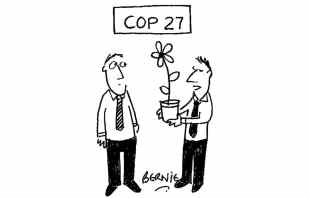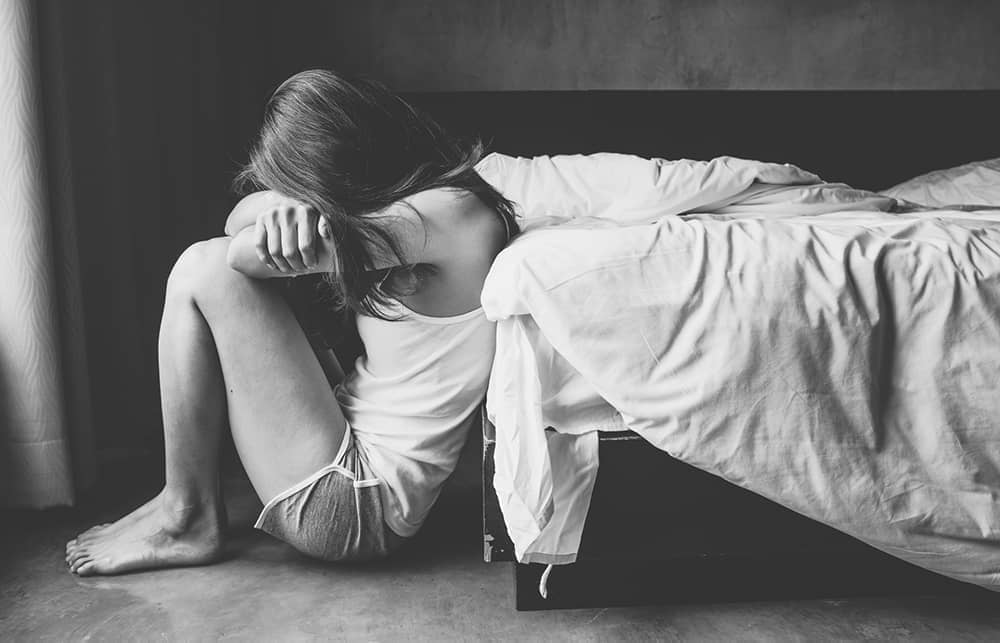A 24th man has just been charged with the rape of a 13-year-old girl more than ten years ago in Bradford. Twenty-four men. One 13-year-old girl. It takes some absorbing.
The case will come to trial in due course, but it prompts reflection on other cases of historic sexual abuse against girls where the victims have been white, working-class, usually in care and very young. One girl admitted her first memory was of sexual abuse aged five. The perpetrators have often been men from the British Pakistani community living under a Labour-run council. It all happened a decade or more ago. Nothing to see here, we are told. Just some unsavoury historic sex crime. Let’s all move along.
Harvey Weinstein’s abuse of women also went back years. That did not stop the #MeToo movement taking to the streets in outrage. Where is the outrage here?

No one marches for these girls, despite them numbering in their thousands, despite them being doused in petrol, threatened with knives and guns, injected with drugs, gang-raped at a tender age and even murdered – the fate suffered by 16-year-old Lucy Lowe. Outrage nowadays is so picky. Victim and perpetrator are the wrong class and race. Nothing white or privileged about Lucy’s 26-year-old taxi driver ‘boyfriend’, Azhar Ali Mehmood, later jailed for burning to death Lucy (who was then pregnant with his child), her sister and her mother.
No one is arguing that Pakistani men have a monopoly on child sex exploitation. The Catholic Church and Jimmy Savile spring to mind, not to mention all the hideous online abusers. But is the grooming epidemic as safely in the past as the authorities would have us believe? And how can we tell, if we shy away from the reasons behind it?
The role of the authorities, then and now, is almost as alarming as the grooming gangs themselves.







Comments
Join the debate for just £1 a month
Be part of the conversation with other Spectator readers by getting your first three months for £3.
UNLOCK ACCESS Just £1 a monthAlready a subscriber? Log in